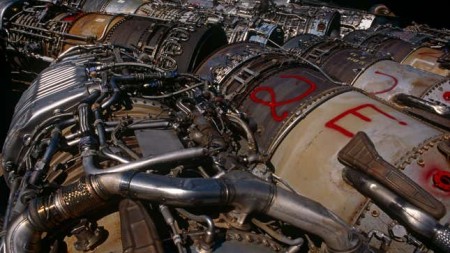The world of aviation, encompassing airplanes and airports, is a fascinating realm that connects people, cultures, and continents. Airplanes, marvels of engineering, soar through the sky, carrying passengers to their destinations.
Meanwhile, airports serve as gateways, bustling hubs that facilitate seamless travel experiences. In this article, we delve into the intricate workings of airplanes and airports, unveiling the magic behind these modern marvels.
Airplanes: Wings of Innovation:
Airplanes, the backbone of modern air travel, represent the pinnacle of human ingenuity and engineering prowess. These aerodynamic marvels have revolutionized transportation, shrinking distances and expanding horizons.
Every aircraft is a unique amalgamation of cutting-edge technology, from the fuselage to the wings, engines, and cockpit.
The fuselage, the central structure of an airplane, is designed to withstand the forces exerted during flight while housing passengers, cargo, and vital systems.
Constructed from lightweight, yet durable materials like aluminum alloys or carbon fiber composites, the fuselage ensures a perfect balance between strength and weight.
The wings of an airplane are its defining feature, responsible for lift generation. Employing principles of aerodynamics, the wing's shape and design facilitate the upward force needed to overcome gravity. Often incorporating high-lift devices such as flaps and slats, wings provide additional lift during takeoff and landing.
Engines, the powerhouses of an aircraft, propel it through the air. Jet engines, the most common type, draw in air, compress it, mix it with fuel, and ignite the mixture, creating powerful thrust.
Turboprop engines, commonly found in smaller aircraft, combine a jet engine with a propeller to generate propulsion.
Advertisements
The cockpit is the nerve center of an airplane, where skilled pilots navigate and control the aircraft. Filled with a multitude of instruments and displays, it houses essential controls, communication systems, and navigation aids, ensuring safe and efficient flights.
Airports: Gateways to the Skies :
Airports are bustling hubs of activity, serving as crucial intersections where travelers from around the globe converge.
They are meticulously designed and engineered to facilitate smooth passenger flow, efficient aircraft operations, and an overall seamless travel experience.
Terminal buildings, the most visible component of an airport, house check-in counters, security checkpoints, retail outlets, and departure gates. These sprawling structures often showcase architectural wonders, with vast halls and innovative designs, ensuring passenger comfort and convenience.
Air traffic control towers, standing tall at the heart of an airport, oversee the intricate choreography of arrivals and departures. Equipped with state-of-the-art radar systems and communication tools, air traffic controllers ensure the safe and efficient movement of aircraft on the ground and in the air.
Runways, the arteries of an airport, provide a designated surface for aircraft to take off and land. Built to withstand heavy loads, these long strips of pavement are equipped with lighting systems for night operations. Airports often boast multiple runways, allowing simultaneous landings and takeoffs, optimizing efficiency.
Ground support equipment, such as baggage handling systems, fuel trucks, and passenger boarding bridges, are the unsung heroes of airport operations. They ensure the smooth transfer of baggage, refuel aircraft, and facilitate boarding and disembarkation, minimizing turnaround times.
Airplanes and airports are integral parts of the global transportation system, seamlessly connecting people and places.
The innovation behind airplanes, coupled with the intricate infrastructure of airports, enables the safe and efficient movement of millions of people worldwide.
These interconnected entities continue to shape the world, making travel faster, more accessible, and truly remarkable.

